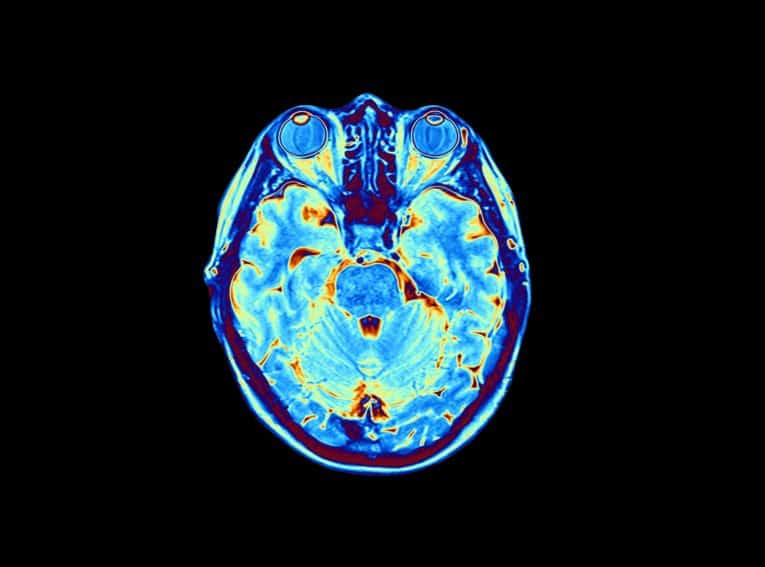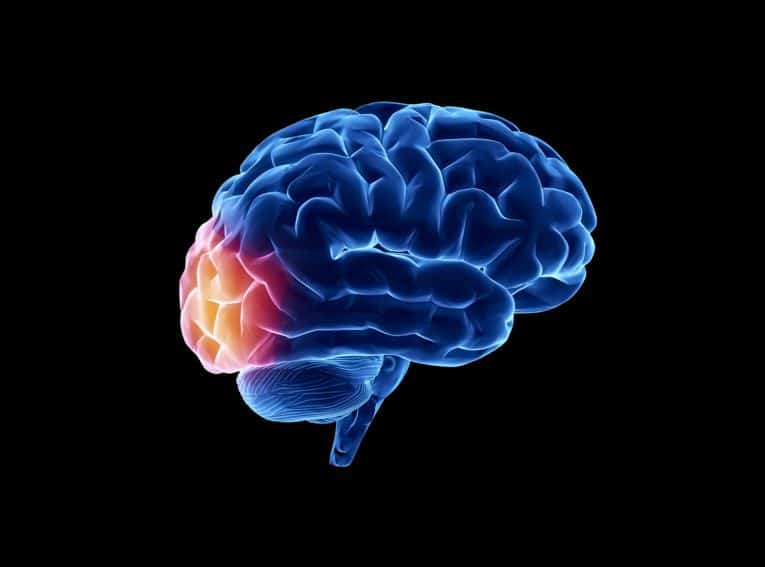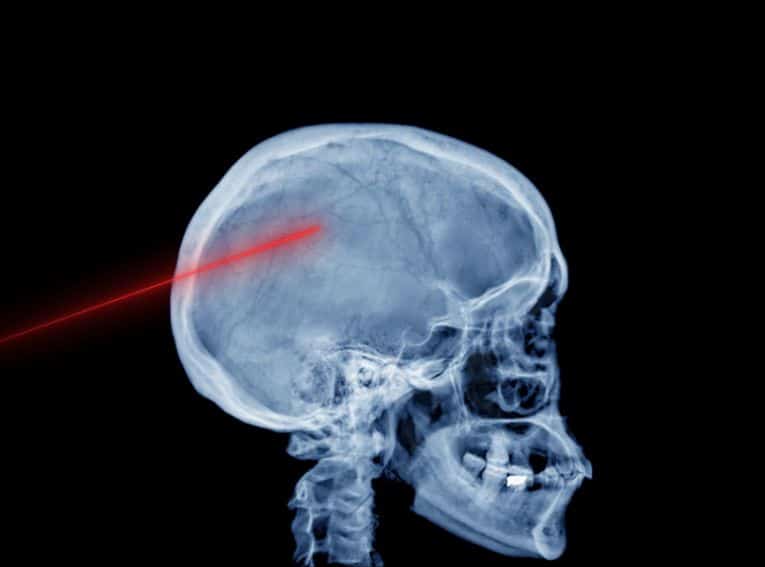
Procedures We Perform
Anterior Cervical Discectomy and Fusion
Anterior cervical discectomy and fusion is a combined surgical procedure to decompress spinal nerves and stabilize the cervical spine. This surgery is performed to relieve pain, numbness and weakness in the neck and upper back and to provide stability in this portion of the spine. As the name indicates, this procedure is performed through an incision at the front, or anterior, of one side of the neck. With this surgical approach, the disc can be accessed without disturbing the spinal cord, the neck muscles and uninvolved spinal nerves. The operation is performed under general anesthesia.
The cervical spine begins at the base of the skull and consists of seven vertebrae with discs between them. One of the most important parts of the body, the neck is also the most articulate portion of the spine, moving more freely and in more directions than the other sections. Beyond that, the cervical spine is also responsible for protecting the spinal cord and providing support to the skull, which in turn protects the brain. Because of the neck’s vital functions, injury or disease of the cervical spine is a very serious condition.
Reasons for an Anterior Cervical Discectomy and Fusion
An anterior cervical discectomy and fusion is considered when there has been severe damage to the upper spine following a fracture or when a congenital abnormality or degenerative disease has weakened the area badly. This may occur as a result of osteoarthritis or a herniated disc. An anterior cervical discectomy and fusion is usually performed when a patient is experiencing debilitating pain because cervical nerves are being compressed or when there is excessive motion between the vertebrae of the cervical spine.
The Anterior Cervical Discectomy and Fusion Procedure
During the cervical discectomy, a disc that has been herniated or ruptured is surgically removed. The discectomy eliminates pressure on the compressed nerve and so relieves the pain and other symptoms such compression causes.
During the cervical fusion portion of the surgery, two or more damaged vertebrae are joined through the use of a bone graft so that they will eventually grow together. The bone graft is used as a spacer to keep the bones from rubbing against each other during the process.
The bone graft is either taken from another part of the patient’s body, usually the hip, or is harvested from a donor bank. While a material known as morphogenetic protein may be used to replace a bone graft in other spinal fusion surgery, it is not used in the anterior cervical procedure since it can sometimes cause swelling and interfere with swallowing.
The fusion increases spinal stability and decreases the pain associated with misaligned cervical movement. Typically, a metal plate and screws are used to increase stability as the bones fuse. This process usually takes from 3 to 6 months. Immediately following the surgical procedure, the patient is fitted with a cervical collar for extra support of the neck region.
Risks of an Anterior Cervical Discectomy and Fusion Procedure
Although this procedure is considered a safe one, there are risks associated with any spinal surgery. These may include: danger of infection, excessive bleeding, blood clots, injury to the spinal cord, nerves or arteries, and the possibility of adverse reactions to anesthesia.
Welcome to the office of neurosurgeon Dr. Vikas Rao, where your health comes first. Below are some of the neurosurgical treatments that we offer in Mission Viejo, CA:
Contact us today
Your concerns are important to us, and we want to make sure all of your questions are answered so you understand your options. Please contact our office with any questions, and our team will be happy to assist you.
Give us a call
We're open to serve
Book an appointment
Our doctor and staff are devoted to our patients. Please fill out the form below with any questions or to schedule an appointment and our team will get back to you within 24 to 48 hours.





